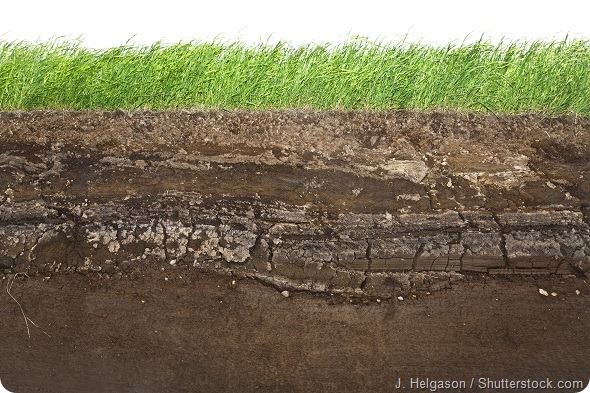A newly developed technique for screening microbes has led to the discovery of a powerful new antibiotic that can easily kill severe infections in mice, without causing side effects.
Researchers say the drug, teixobactin, has the potential to treat drug-resistant infections such as MRSA and tuberculosis, which usually require treatments that cause adverse effects.
Furthermore, the drug works in such a way that it is unlikely bacteria will develop resistance to it, meaning the technique could provide a solution to the issue of superbugs evolving.
“The discovery of this novel compound challenges long-held scientific beliefs and holds great promise for treating an array of menacing infections,” says lead author Kim Lewis and co-founder of NovoBiotic Pharmaceuticals, which has patented teixobactin.

The method, which extracts drugs from bacteria living in soil, could provide access to a valuable collection of infection-fighting compounds that, until now, have been beyond the reach of scientists because they cannot be grown in a laboratory. Soil is teeming with novel, powerful antibiotics because bacteria need to fend off other microbes, but 99% of those microbes cannot be grown in a laboratory, meaning scientists are left frustrated by an inability to access natural agents that are potentially life-saving.
To address the problem, Lewis and colleagues developed a method for screening and isolating bacteria while they are in their own environment, using a miniature device called an iChip. The team diluted a soil sample and placed it on specialized equipment that was then placed in a pod containing the same soil that the sample had come from. In the case of teixobactin, the sample was from a grassy field in Maine.
“Essentially, we’re tricking the bacteria,” explained Lewis. In their own environment, the microbes divide and form colonies, at which stage the bacteria are “domesticated” and can be collected and grown in petri dishes.
Of 10,000 types of bacteria grown, 25 gave rise to potential antibiotics, with teixobactin being the most promising. Teixobactin was toxic to bacteria but not to healthy tissue and when tested in mice, it killed a dangerous dose of MRSA. Bacteria are also highly unlikely to become resistant to this agent because it works by blocking the fatty molecules present in cell walls and those molecules are not likely to change, which is the only factor that could lead to resistance. However, if this did happen, it would certainly be a long way off in the future, said Lewis.
Infectious disease expert William Schaffner from Vanderbilt University referred to the technique as “ingenious” and pointed out how we are in desperate need of some good news regarding antibiotics.
Teixobactin has not yet been studied in humans, but Lewis hopes clinical trials to test the drug’s safety and effectiveness will begin in two years time.